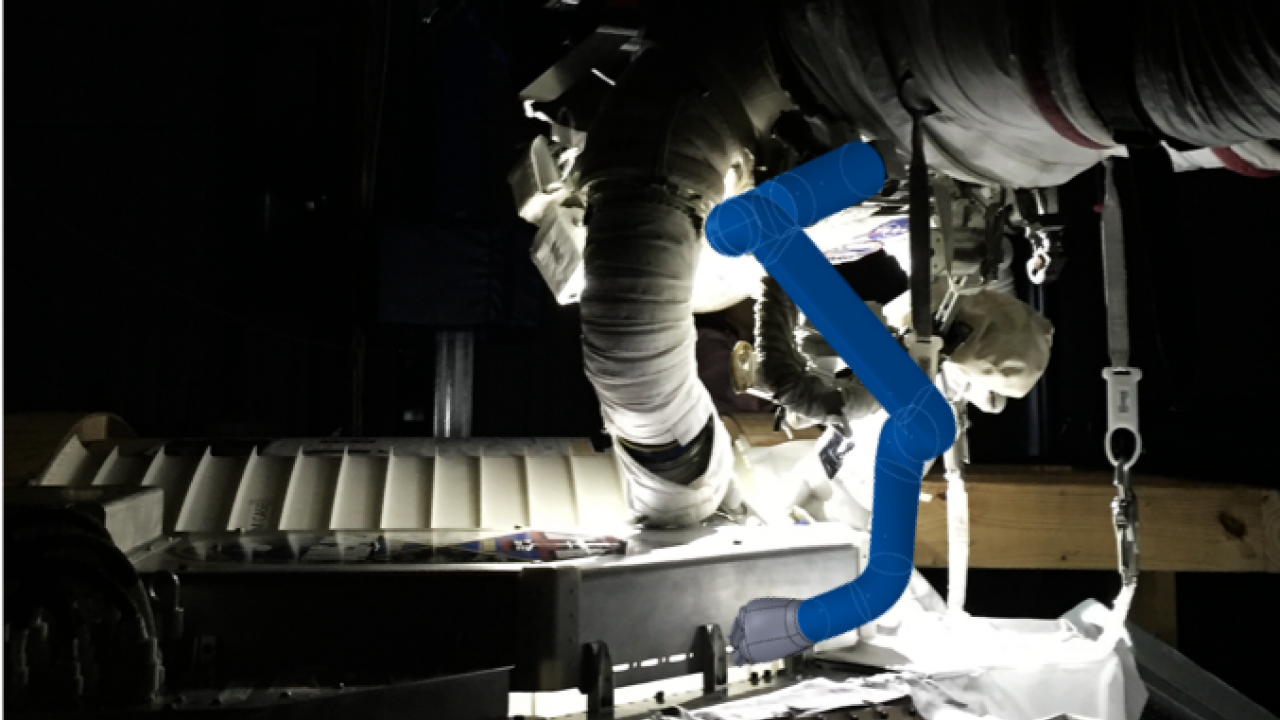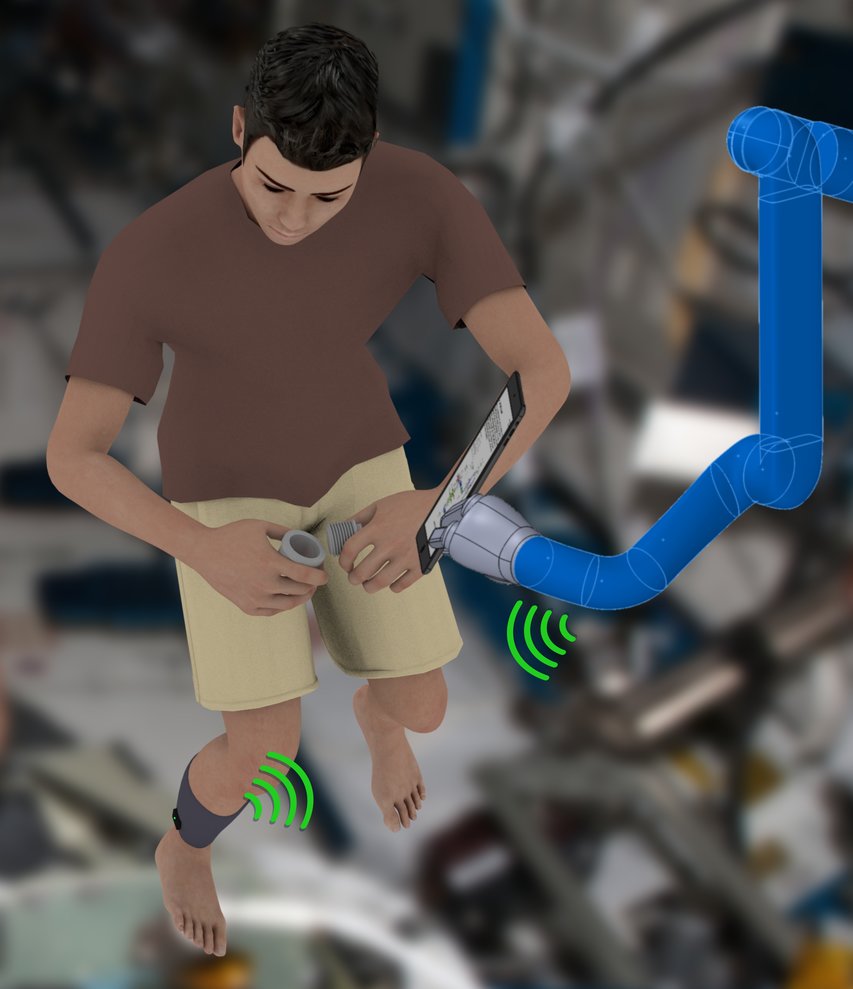
Giving humanity a hand with supernumerary robotics
A team of UC Davis researchers look to give humanity an extra hand—literally. A new, NSF-funded collaboration between the Departments of Mechanical and Aerospace Engineering (MAE) and Neurobiology, Physiology and Behavior (NPB) plans to develop and test a robotic fifth limb to give humans extra capabilities in extreme environments.
“UC Davis is going to be one of the first places to begin looking at these kinds of robots from the viewpoint of both engineering and neuroscience,” said MAE professor Sanjay Joshi, the project’s principal investigator.
These robotic limbs, known as supernumerary robots, add new function to the user, rather than an exoskeleton or prosthetic that would replace a missing function or strengthening an existing one. They have potential applications in any situation where humans might need an extra hand: space, manufacturing lines, operating rooms and more. They also have the potential to help people with neuromuscular injuries.
The team consists of professors Stephen Robinson and Joshi from MAE and professors Wilsaan Joiner and Lee Miller from NPB. The team also includes new MAE professor Jon Schofield—an expert in prosthetics and assistive robotics—and several graduate and undergraduate students, led by MAE Ph.D. student Sarah O’Meara. Together, the team brings together expertise in human-systems engineering, neuroscience, bioengineering and robotics to study how humans interact, respond and adapt to the new robotic limb.
“This project is really interesting because people will need to learn to use their natural limbs together with an artificial limb in a very coordinated manner,” said Joshi. “Not only do we want to study the development of these kinds of robotics, but we want to study the neuroscience aspects too. Any time we use a new tool over and over again, our bodies and brains actually change.”
Over the next three years, the team will collect information from human test subjects to inform decisions like where on the body to place the robot and how to train humans to use the system.
O’Meara, who will complete her Ph.D. in supernumerary robotics, has been working on human-machine integration for several years. Her role is studying how to optimize communication between humans and robots.

“I don’t look at just the human or just the robot, I look at the overall system comprised of both and try to optimize their performance,” said O’Meara, who is co-advised by Joshi and Robinson. “It’s such a fascinating problem because humans will adapt to a system, but it doesn’t mean they will always adapt optimally to it—and you can make the system adapt as well.”
Human-robot communication can come in a few different forms. One is myoelectric control, where the robot uses sensors on the skin’s surface to read and respond to the electrical signals produced by muscle movements. Other control methods the team is looking at include machine learning and simpler systems that rely more on humans. The team will test multiple methods to determine which is most effective for both human and machine.
“[Supernumerary robotics] is a very interesting emerging field, so it’s exciting to be at the beginnings of it,” said O’Meara.
The team’s proposal, “Investigation of User-Interface and Human-Robot Performance for Supernumerary Robots” will receive $848,000 from the National Science Foundation over three years. Funding began October 1, 2019.
